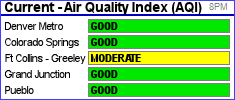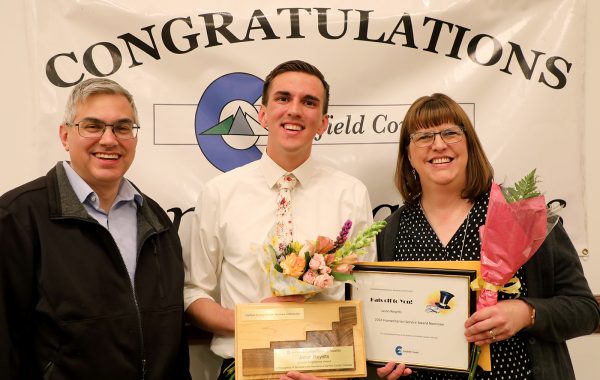


Boards and commission meetings
Garfield County Fair and Rodeo, July 22-30
NEWS
2024 Humanitarian Awards
The 2024 Garfield County Humanitarian Awards took place on April 1 at the Hotel Colorado in Glenwood Springs. The awards honored community volunteers and human services staff for their selfless contributions that make Garfield County communities vibrant, diverse, sustainable, supportive, and safe places to live, work and play.
Humanitarian awards
Significant success achieved in broadband initiative
April 17, 2024
Garfield County has nearly completed the first two parts of a three-phase initiative to bring more reliable, robust, and affordable...
More info
Human remains found near Rifle lead to arrests of four
April 4, 2024
Arrested were Angel Luis Cosme-Marquez (upper left), Manuela Zapata-Castillo (upper right), Phillip Allen Johnson (lower left) and Joseph Patrick Moffat...
More info
County grants $35,000 to regional health alliance
April 17, 2024
Garfield County has granted $35,000 to the West Mountain Regional Health Alliance (WMRHA) toward funding its 2024 operations, which include...
More info
Mental health speaker series begins April 2
March 29, 2024
Garfield County Public Health (GCPH) is partnering with the Garfield County Libraries (GCPLD) to hold the first of a four-part...
More info
Avalanche Creek prescribed fire near Carbondale planned for April 24
April 23, 2024
Smoke will be visible in the Roaring Fork and Crystal valleys tomorrow from the Avalanche Creek Prescribed Fire seven miles...
More info
Airport master plan process takes flight
April 15, 2024
The Rifle Garfield County Airport and Armstrong Consultants, Inc., have begun the process of preparing a business plan for a...
More info
Garfield County emergency alerts
Calendar
Services
Emergency alertsPublic Surplus Auction
Winter maintenance
Emergency response
Emergency Management9-1-1 Emergency Communication
Fire and smoke information
Burn permit onlineGarfield County Fire Code
Fire restriction stages
Air quality statewide |
AQI Index for Colorado River Valley reports Garfield County air quality Garfield County air management-| |
















